
|
|||||||||||||||||||||||||||||||||||||||||||||||
|
|
Province of Caserta
A wide plain follows the Volturno River, with the Matese mountain range that constitutes the boundary with Molise and the extinct Roccamorfina volcano that borders with Lazio.
Orchards, vineyards and olive groves embellish the landscape of this beautiful land whose abundance was already appreciated by the Romans, who named it Campania Felix, happy country.
Fine sand beaches, protected by green pine forests and lapped by the blue of the Tyrrhenian Sea, constitute the coastal landscape that overlooks the Gulf of Gaeta.
History greets the visitor on every corner: medieval villages, churches and cathedrals, architecture from the Roman era witness the passage of ancient civilizations.This is a land that surprises for the creativity of its people, for the turmoil of bright colors, dances and songs that echo in the squares of the small towns at every celebration. A walk among the local people enhances the senses, providing the visitor with a precious legacy composed of flavours and aromas that brighten the spirit and soothe the heart. A mild climate, favored by the protection of the Campanian Apennine range to the east and the sea to the west, makes the stay pleasurable all year round.
Caserta, the province seat, shows its artwork both in the town centre and in the gorgeous surrounding area. 45.000 square meters, 120 hectares of park, 1.200 rooms, 34 staircases, 1.742 windows, 22 years of labour: these are mind-blowing statistics that one can grasp the magnificence of only when before the Reggia di Caserta. The grandeur of the palace immediately strikes the visitor. A walk in the marvelous park, along the boulevard that follows the sculptures, ponds and waterfalls, is all it takes to be amazed by the architectural lines that design the massive façade. This feeling is enhanced when the visitor enters the palace, where a series of art pieces, stuccos, bas-reliefs, frescos, sculptures and decorated floors reveal themselves in all their magnificence.
The Complesso Monumentale Belvedere di San Leucio is another example of the grand development commissioned by the Bourbon family. Originally a hunting and vacation residence, the complex was designed and developed by Ferdinand IV who, following the footsteps of his father, wanted a palace that served also as spinning mill, a small town entirely devoted to silk manufacturing. Today are still open the royal apartment, the Silk Museum and a collection of restored tools, which are in working conditions. From the Belvedere terraces, adorned with graceful gardens, there is a spectacular view that spans all the way to the Gulf of Naples. San Leucio is a concrete example of how the Bourbons built new villages to experiment with industrial facilities based on industrial autonomy. The reform policy is therefore not only given by the code of laws, but is also visible in appearance architecture or layout of the village, not inspired by monarchical absolutism, but on the principles of equality among people.
The ancient village of Casertavecchia, with its characteristic medieval plan, is nestled on a hill that looks over the area.
Below the magnificent Duomo di Santa Maria Maggiore.
Just outside Caserta there is Santa Maria Capua Vetere with its Roman Anfiteatro Campano, which calls to mind the impressiveness of the Coliseum for its shape and design...
...the interesting Antica Capua Archeological Museum, the ancient mitreo (A ‘Mithraeum’, or the plural Mithraea, is a place of worship for the followers of the mystery religion of Mithraism. The Mithraeum was either an adapted natural cave or cavern, or an artificial building imitating a cave. When possible, the Mithraeum was constructed within or below an existing building)...
Capua, crossed by the Volturno River, is one of the most beautiful towns of the province. It is hard not to be amazed by its artistic and architectural heritage: palaces, castles, churches and monuments remind the visitor of its glorious past, when Frederick II regarded it as the entrance to his kingdom. A must-see destination is the Benedectine Basilica of S. Angelo in Formis, an architectural and artistic gem, and the Museo Campano with its vast collection of finds from ancient civilizations that once settled in this area.
In the Roccamorfina Regional Park, towered by an ancient volcano now extinct, there are picturesque villages that foster ancient traditions.
Some of the material used to build the Duomo of S. Pietro e Paolo dates back to the Roman era. The three-arch façade is made with ancient columns, whereas the interior is divided into three naves the middle of which is adorned with precious floors.
Teano, with the remains of the monumental Roman Theatre, is set in the gorgeous scenery of the Regional Park and is famous for the meeting between Garibaldi and Vittorio Emanuele II.
A perfect balance between man and nature; this is the feeling when the visitor hikes the trails of the Matese Regional Park, discovering wonderful landscapes intertwined with the remains of ancient dominations. An unspoiled world, where the cool mountain breeze diffuses a fresh air.
Same sensations, but in a different setting: this is the Roccamorfina Regional Park, with the extinct volcano whose ancient eruptions shaped this land, an ideal habitat for chestnut forests, vineyards and olive groves that blanket the expanse. After the winter, the bright green of the woods and the silver of the olive groves mix with the rainbow of colours of the spring blossoms; it is a combination of scents, colours and sounds enhanced by the elegance of the most bewitching flower: the orchid.
At the mouth of the Garigliano River starts a trail that re-traces the ancient Domiziana road, along which the beach resorts were established. The coast is composed of long, white beaches and dense pine forests, a perfect place for a vacation by the sea. The development of silk manufacturing during the Bourbon domination has carried on and evolved over time; at the present time, the area is famous for the precious silk products that are often used for interior decoration.
The ambience of the past can be felt everywhere: festivals and fairs, somewhat both sacred and pagan, recall the history, culture and traditions of the Caserta province, such as the sagra delle Pallottole, a gastronomic festival held in the village of San Leucio. Exhibits, events, concerts and the famous float parade have enlivened the streets of Capua for over a century to celebrate one of the most colorful and joyful times of the year: the Carnevale.
The gastronomic tradition of the Caserta province is made of simple, mouthwatering recipes, and nowadays these flavors can only be found in the local products that follow such tradition.
The ‘caso conzato’ is a cheese by the uniquely intense and aromatic The Cacioforte is a cheese produced since the ancient times, but today it is hard to find. Some Statigliano farmers still make it, following the ancient tradition.
As far as desserts are concerned, one should taste the ‘susamielli’, The selection of wines is wide: a glass of Asprinio di Aversa, Falerno del Massico or Galluccio, all labeled DOC, is the perfect complement for a traditional meal from this land. The Campania Region | The Provinces : Avellino | Benevento | Caserta | Napoli | Salerno | The islands | Amalfi Coast | Hamlets | Nusco | Cusano Mutri | Atrani | Castelabate | Furore |
|
||||||||||||||||||||||||||||||||||||||||||||||
|
|||||||||||||||||||||||||||||||||||||||||||||||
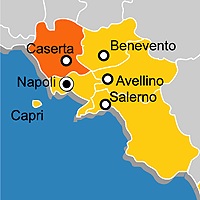
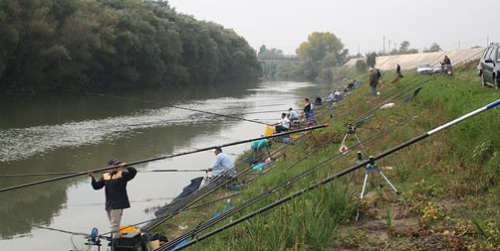
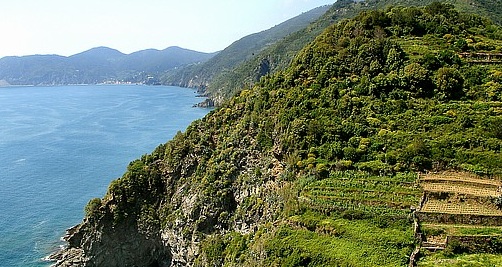
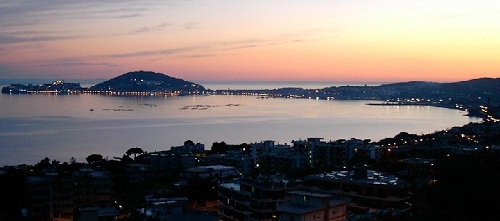
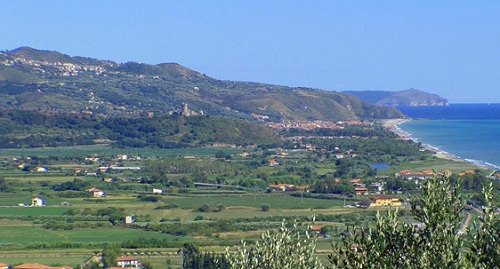
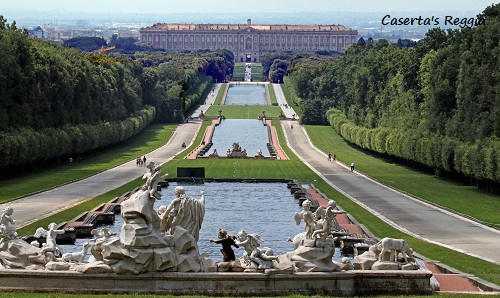
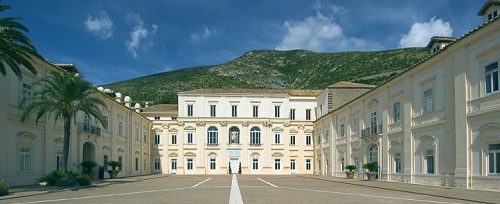
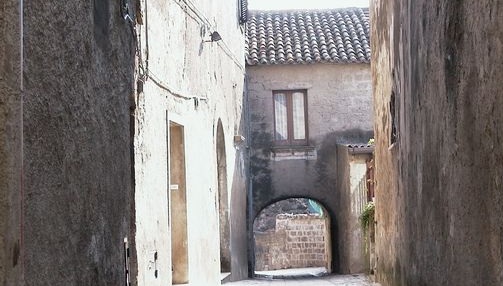

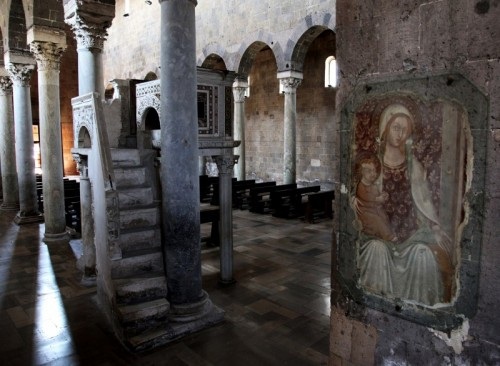

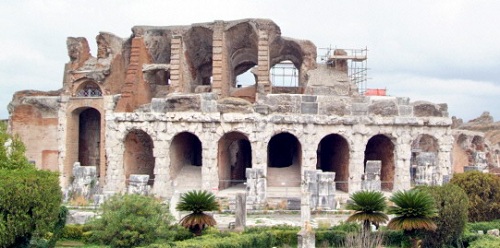
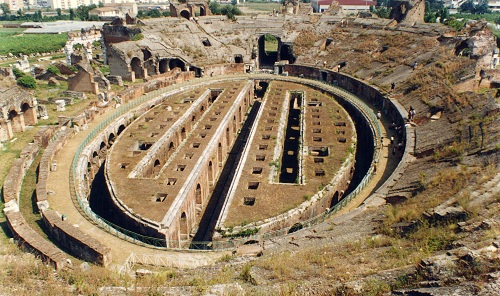
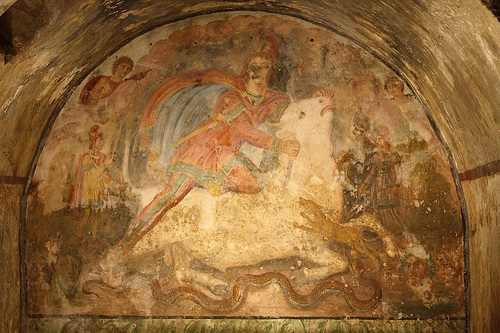
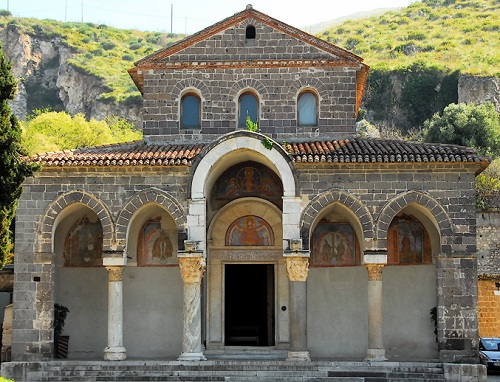
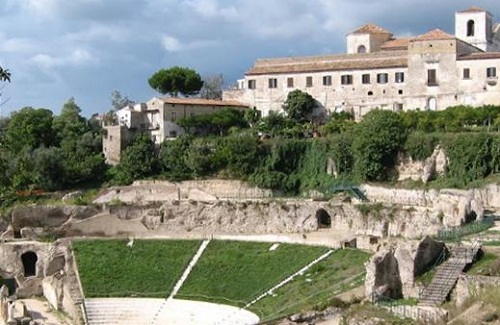
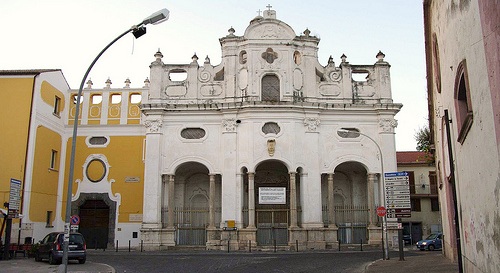
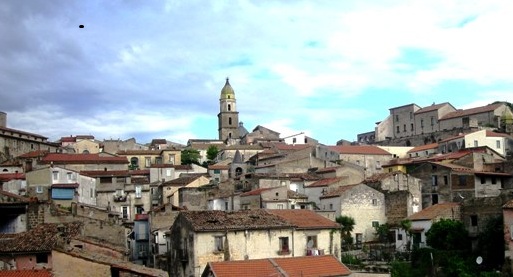

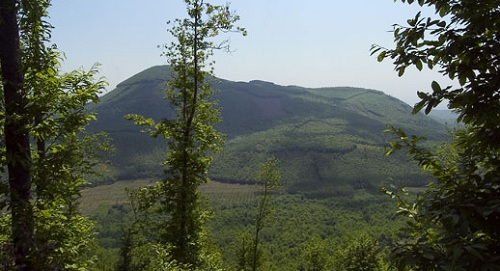
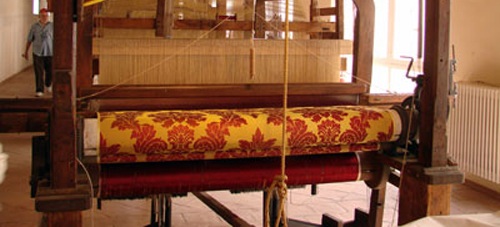
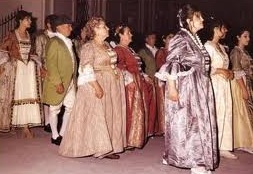 During the event, in addition to the historic parade where the players wear traditional silk dresses, the local women prepare by hand and serve the so-called ‘pallottole’, tasty potato croquettes.
During the event, in addition to the historic parade where the players wear traditional silk dresses, the local women prepare by hand and serve the so-called ‘pallottole’, tasty potato croquettes.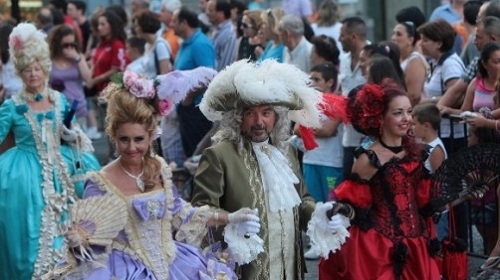
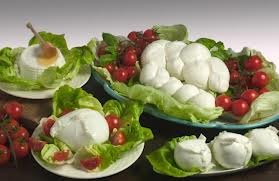 Celebrated worldwide is the buffalo mozzarella, which is still produced with craftsmanship to confer its unique, soft texture. It can be made in different shapes: round, braided, knotted or as cherries. The water buffalo milk is used also to make butter, ‘burrino’, ‘burrata’, smoked ‘provola’ and fresh or dried ricotta.
Celebrated worldwide is the buffalo mozzarella, which is still produced with craftsmanship to confer its unique, soft texture. It can be made in different shapes: round, braided, knotted or as cherries. The water buffalo milk is used also to make butter, ‘burrino’, ‘burrata’, smoked ‘provola’ and fresh or dried ricotta.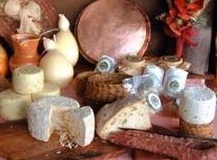
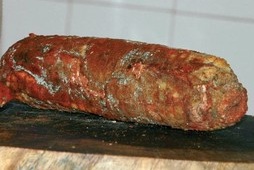 From the local farms comes also the excellent meat used to prepare cold cuts such as capicollo, prosciutto di Monte, pancetta tesa and the fillet of Vairano Patenora, a town famous also for the ‘sausiccia’, a sausage seasoned in special terracotta vases from the Caserta area.
From the local farms comes also the excellent meat used to prepare cold cuts such as capicollo, prosciutto di Monte, pancetta tesa and the fillet of Vairano Patenora, a town famous also for the ‘sausiccia’, a sausage seasoned in special terracotta vases from the Caserta area.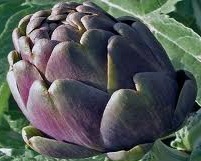 The Capuanella artichoke, tender and delicate, the tasty Roccamorfina porcini by the firm texture, the many varieties of apple –Annurca, Limoncella and Sergente-, each with different characteristics, the Marmulegna, a delicious, golden plum, and the Roccamorfina chestnut are all delicacies that distinguish the local cuisine and recipes.
The Capuanella artichoke, tender and delicate, the tasty Roccamorfina porcini by the firm texture, the many varieties of apple –Annurca, Limoncella and Sergente-, each with different characteristics, the Marmulegna, a delicious, golden plum, and the Roccamorfina chestnut are all delicacies that distinguish the local cuisine and recipes. crunchy flour, honey and walnut biscuits, the ‘pigne’, soft glazed sweets, a slice of ‘serpentone’ stuffed with honey, walnuts and natural flavours, or try a ‘guanto caleno’, an old, traditional recipe.
crunchy flour, honey and walnut biscuits, the ‘pigne’, soft glazed sweets, a slice of ‘serpentone’ stuffed with honey, walnuts and natural flavours, or try a ‘guanto caleno’, an old, traditional recipe.